Product Engineering: Latest Trends to Explore
7 Jun 23 

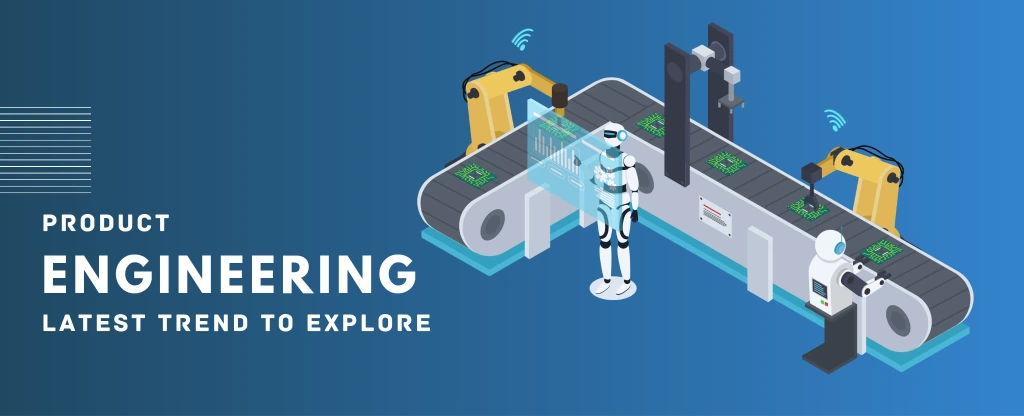
As we set out for new beginnings in 2023, the future prospectus is brimmed with endless opportunities. So that these possibilities act as the potential for leveraging product engineering to develop new market trends, the latest trends to explore in product engineering is significant and essential.
However, to truly explore this potential, it is necessary to comprehend the latest trends and technologies of product engineering. Let’s have a look at these trends and how these trends are going to mold the product engineering.
What Is Product Engineering ?
Thankfully, the lack of relevant domain experience and technical expertise is no longer much of a barrier to building profitable products. This also includes leaving behind a legacy that will last for years. So, the businesses still have the option of utilizing the product engineering expertise rather than relying on in-house talent and resources. This necessitates a significant time and financial investment.
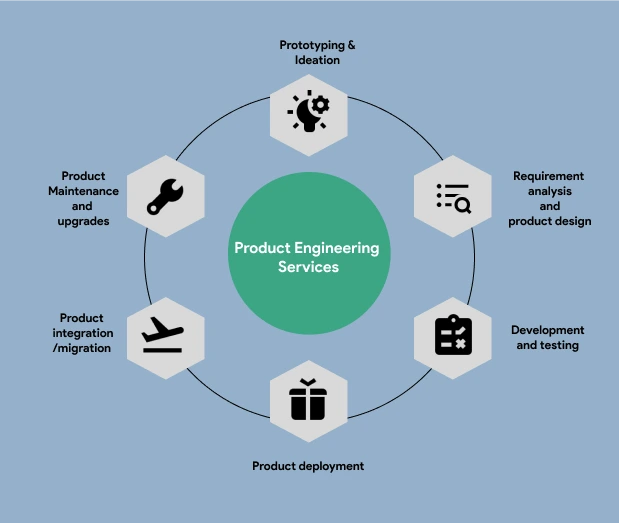
From the first stage of product to final stage of product engineering is the process of designing, developing, testing, and fine-tuning a product. That a product engineering process includes mainly six stages.
This includes prototyping & ideation, requirement analysis and product design, development and testing, product deployment, product integration/migration, and product maintenance and upgrades. In order to produce goods that satisfy customers’ requirements, utilize a variety of disciplines, including engineering, design, manufacturing, and marketing.
Item designing begins with distinguishing the client needs and the prerequisites of the item. Then comes the design phase, which includes creating prototypes to test the product’s functionality and creating a detailed product design.
Emerging Trends Shaping the Future of Product Engineering
Product engineering has the capacity to transform entire industries and open up countless opportunities for growth and development. To take advantage of this opportunity , it is necessary to keep up with the latest trends to explore in product engineering in the years ahead. Product engineering poise for transformation through trends like sustainability, circular design, AI, and 5G, which companies can leverage to drive growth and remain competitive in the future.
These trends also play a significant role in Digital transformation in Building Materials Industry, enabling businesses to adapt and compete in a rapidly evolving market.
Pivoted On Circular Design
Product engineering now places an increasing emphasis on circular design. Product engineering that considers the entire lifecycle from production to disposal is becoming increasingly important to businesses. The circular design aims to reduce waste and impact on the environment by promoting the use of recycled and biodegradable materials. This also helps in designing products that gets repaired, reused, or recycled.
Artificial Intelligence And Machine Learning (ML)
Product engineering transformed in recent years thanks to two technologies: artificial intelligence (AI) and machine learning (ML). Simulated intelligence alludes to the reenactment of human knowledge in machines that modifies to think and behave like people. By enabling engineers to design products that are more intelligent and effective, AI and ML have already contributed as the latest trends to explore in product engineering.
The Emergence Of 5G Networks And The Proliferation Of IoT Devices
The future looks promising with the widespread adoption of 5G networks. The convergence of 5G networks and the proliferation of Internet of Things (IoT) devices is revolutionizing the way we connect, communicate, and interact with the world around us.
It will enable the development of new products and services that rely on high speed, low latency connectivity, such as smart cities and connected transportation systems. It gets delighted to witness how technology transforms, the way we live and work
Rise Of Virtual And Augmented Reality
Product engineering is increasingly utilizing virtual and augmented reality (VR/AR) technologies to improve design, collaboration, and prototyping. The technology also makes it possible for remote teams to work together more effectively in a virtual environment, eliminating the need for in-person meetings and travel. Virtual prototyping also speeds up the iteration and testing of designs, which helps cut down on development costs and time.
Greater Emphasis On User Experience And Design Thinking
As you know, Product engineering has undergone a significant shift in recent years, with a greater emphasis on user experience and design. Today’s consumers have high expectations for the products they purchase, and as a result, engineering teams must consider the end user’s experience throughout the product development process.
Design thinking, a user-centered approach to problem-solving, has become a crucial part of product engineering. Engineers and designers are increasingly collaborating closely to produce products that not only perform well but also give an amazing user experience.
Enlarging Emphasis On TTM Systems
In today’s fast-paced business environment, companies are under increasing pressure to bring products to market quickly to stay ahead of the competition. As a result, there is a higher emphasis in product engineering on Time to Market (TTM) systems. TTM refers to the amount of time it takes for a product to get from concept to launch.
A shorter TTM is preferable since it helps enterprises to gain market share and earn money more rapidly. To achieve this, engineering teams are adopting a range of strategies to streamline their product development processes and reduce TTM.
Data Analytics and Insights
Product engineering benefits from the increasing availability of data from connected products and user interactions. Information investigation apparatuses and methods is utilized to break down client conduct, distinguish examples, and settle on information-driven choices. These bits of knowledge can drive item upgrades, illuminate future plans, and guide business methodologies.
Continuous Improvement and Upgradability
Products designed with upgradeability and continuous improvement in mind, rather than being static, items gets worked to get programming updates and equipment upgrades all through their lifecycle. This lets manufacturers fix problems, add new features, and make products last longer, making customers happier.
Wrapping Up
In conclusion, product engineering is undergoing a significant transformation, driven by technological advancements, and changing customer expectations. By exploring and embracing these latest trends, companies can stay ahead of the curve, deliver innovative products, and meet the evolving needs of customers.
Successful product engineering requires a combination of technical expertise, a customer-centric approach, and a willingness to adapt to emerging technologies. And this leads to the success of a mobile app development company and its practices on product engineering.
- Android Development3
- Artificial Intelligence27
- Classified App3
- Custom App Development2
- Digital Transformation11
- Doctor Appointment Booking App13
- Dropshipping1
- Ecommerce Apps38
- Education Apps2
- Fintech-Apps35
- Fitness App2
- Flutter3
- Flutter Apps19
- Food Delivery App5
- Grocery App Development1
- Grocery Apps3
- Health Care7
- IoT2
- Loyalty Programs9
- Matrimony Apps1
- Microsoft1
- Mobile App Maintenance2
- Mobile Apps120
- Product Engineering5
- Progressive Web Apps1
- Saas Application2
- Shopify7
- Software Development1
- Taxi Booking Apps7
- Truck Booking App5
- UI UX Design8
- Uncategorized4
- Web App Development1









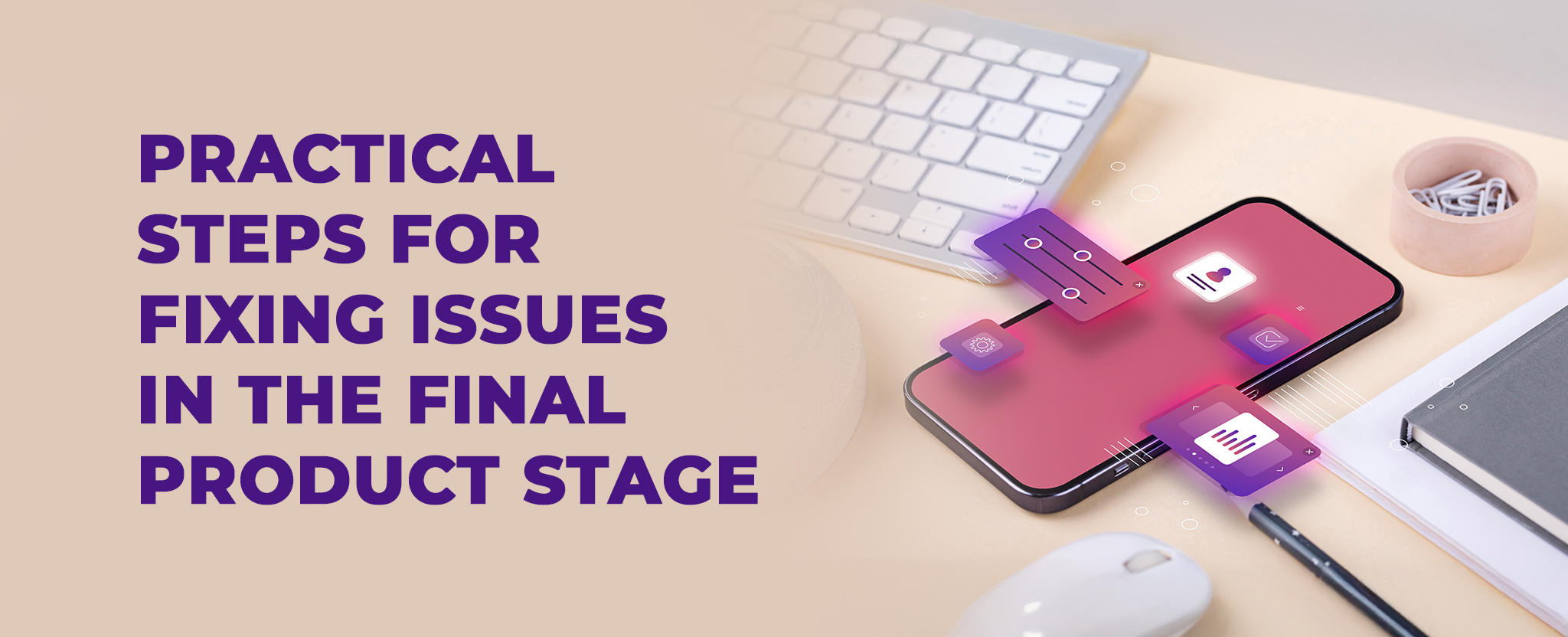
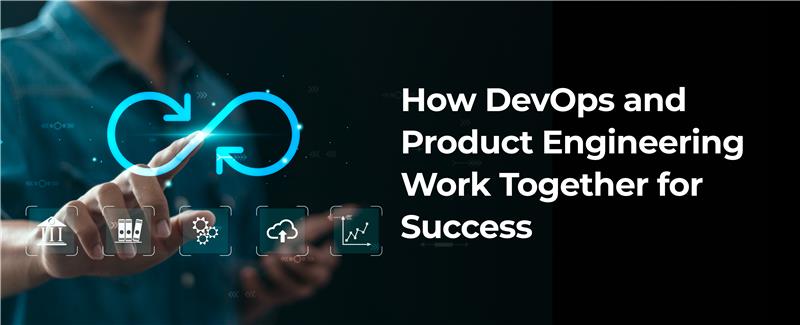
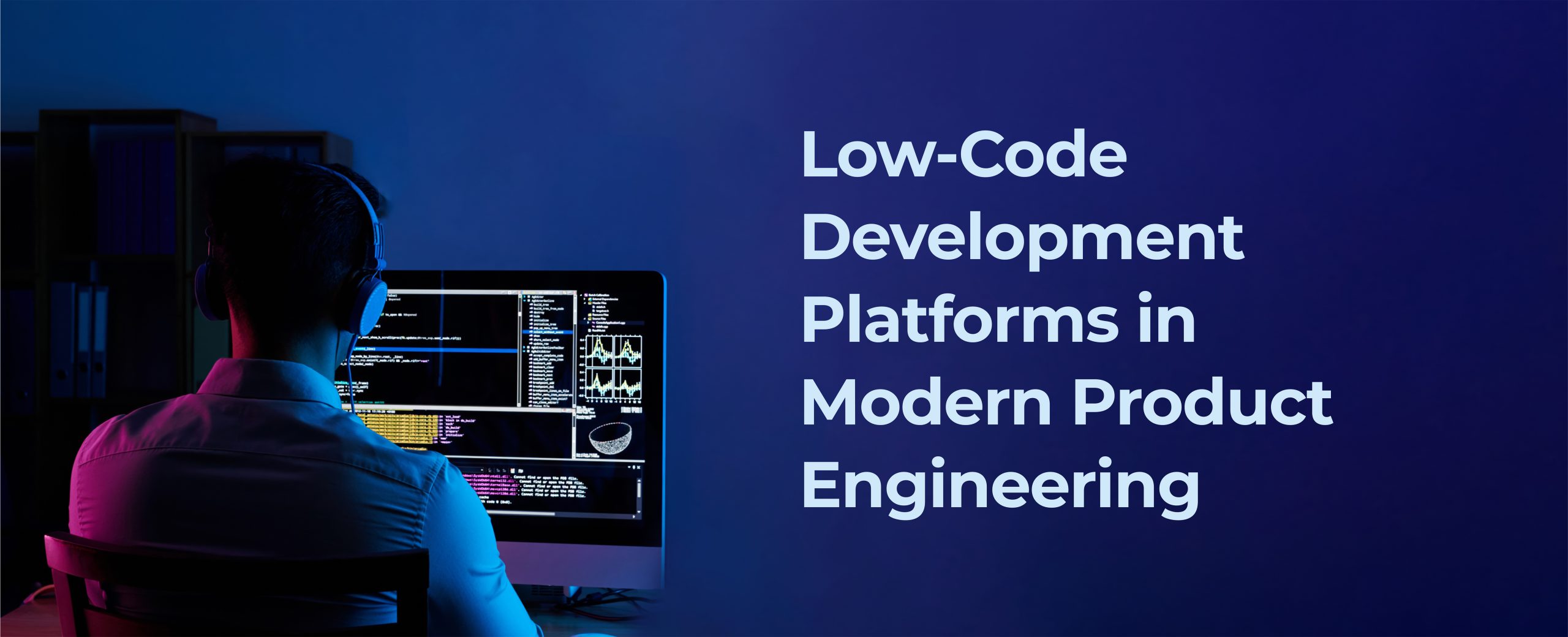
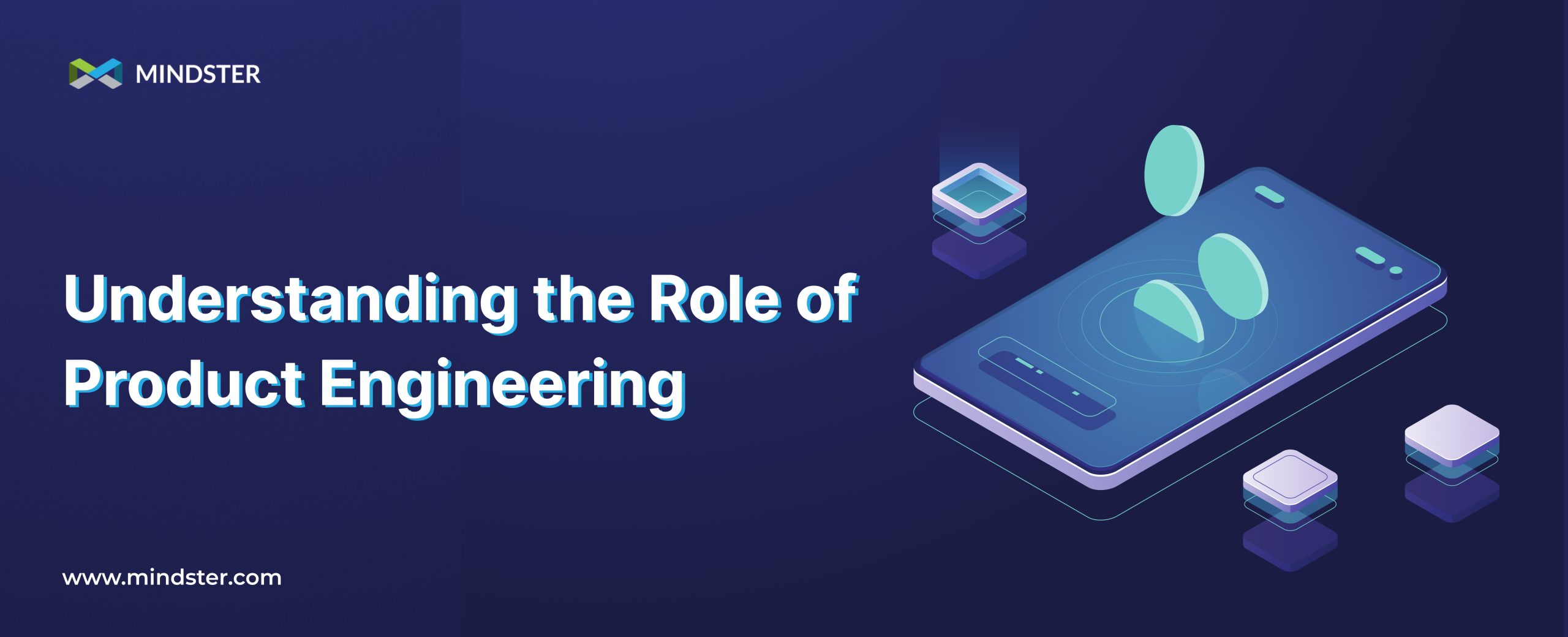






Comments